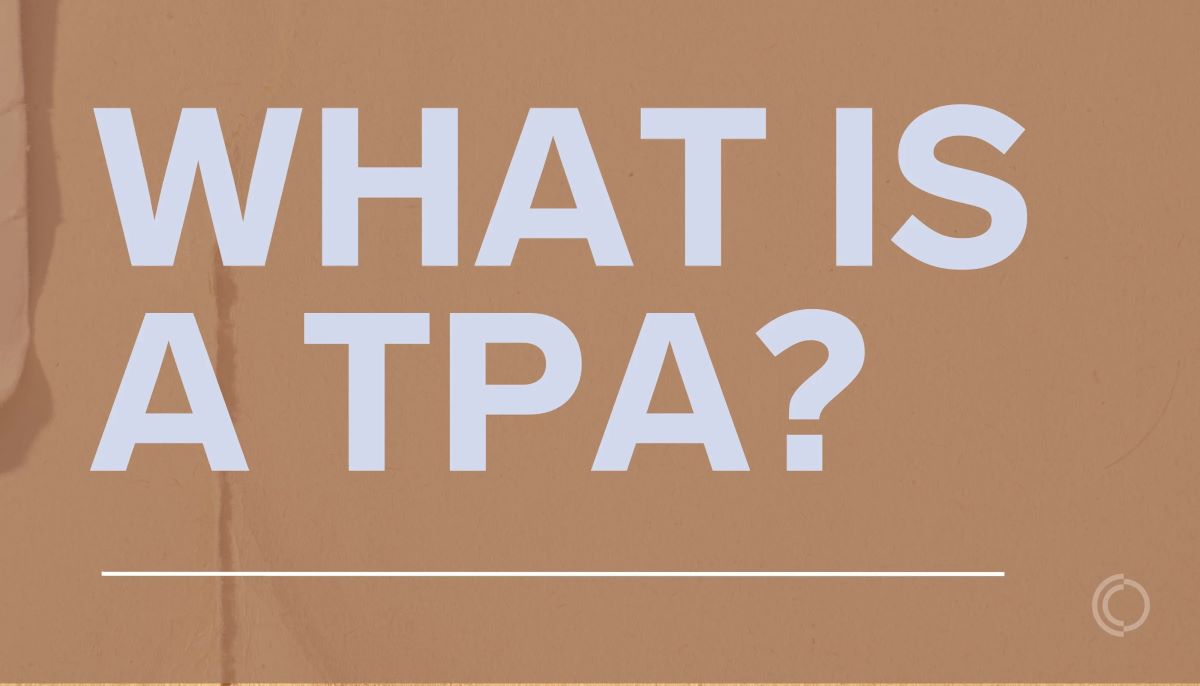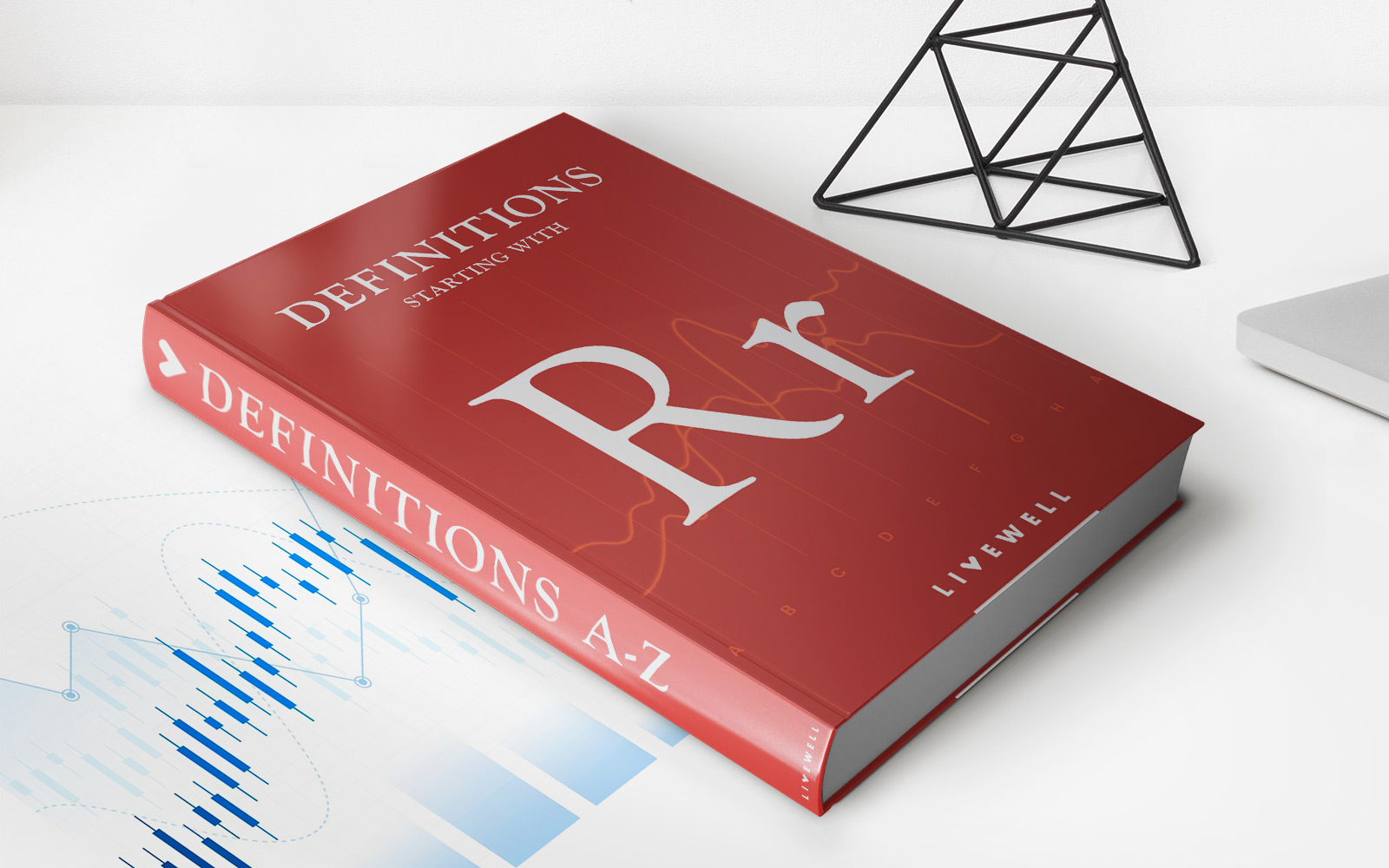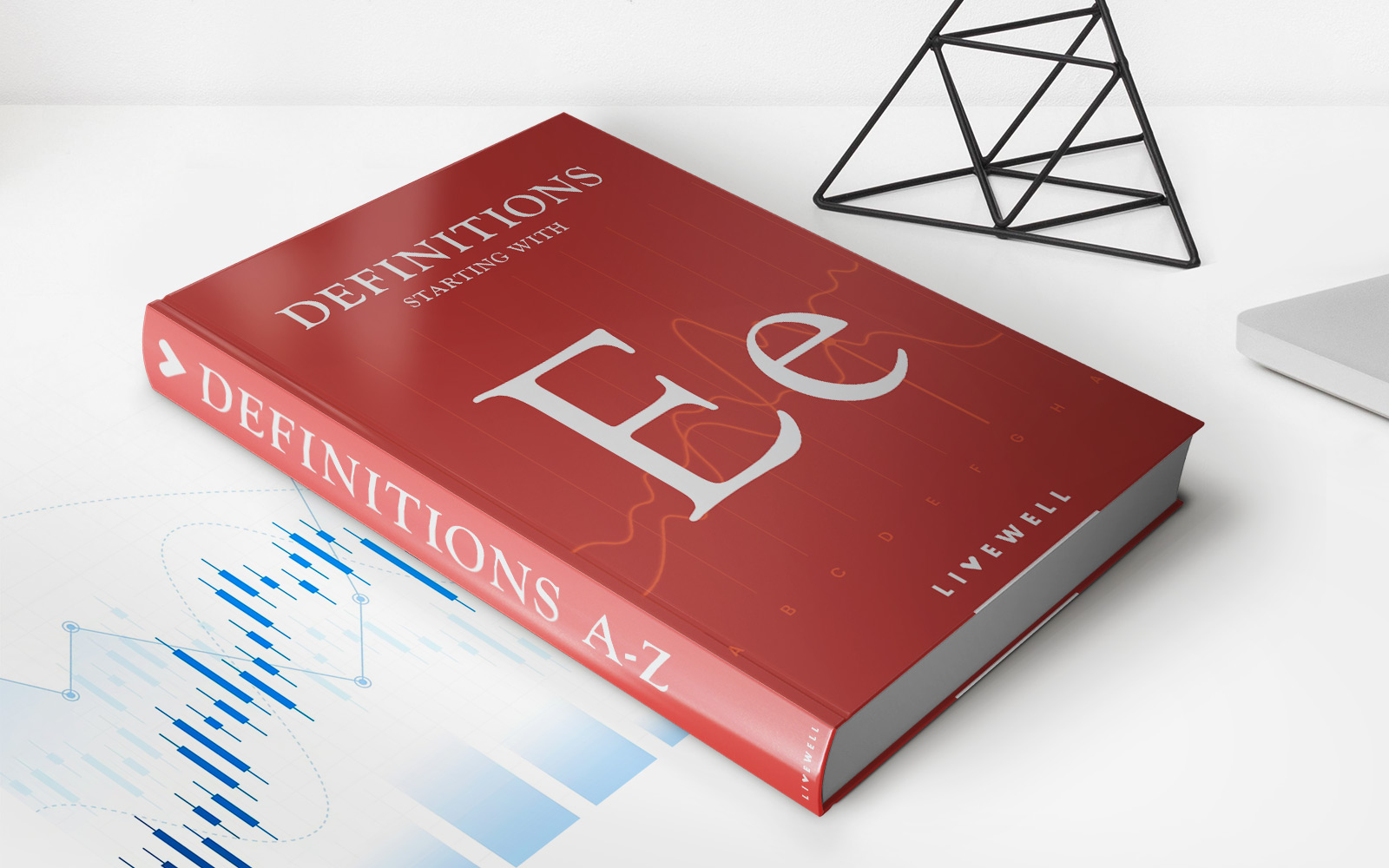

Finance
What Is A Gap Exception For Health Insurance
Modified: December 30, 2023
Learn about gap exceptions for health insurance and how they can affect your finances. Find out what you need to know to navigate this aspect of insurance coverage.
(Many of the links in this article redirect to a specific reviewed product. Your purchase of these products through affiliate links helps to generate commission for LiveWell, at no extra cost. Learn more)
Table of Contents
Introduction
Welcome to the world of health insurance, where concepts like premiums, deductibles, and copayments can feel overwhelming. Understanding the ins and outs of health insurance is crucial for making informed decisions about your healthcare coverage. One aspect of health insurance that often confuses individuals is the concept of gaps in coverage.
When we talk about gaps in health insurance coverage, we mean periods of time when your insurance does not cover certain healthcare services. These gaps can occur for various reasons, such as waiting periods for new policies, coverage limitations, or when transitioning between different insurance plans.
However, what if there was a way to bridge those gaps and ensure you receive necessary healthcare services without facing significant out-of-pocket costs? That’s where gap exceptions come into play.
A gap exception is a provision or rule within your health insurance policy that allows you to receive coverage for specific services during a gap period. It essentially provides a temporary waiver for certain medical expenses that would typically not be covered during the gap.
Gap exceptions serve as a safety net, allowing individuals to access critical healthcare services while they are in between insurance coverage or facing a temporary interruption in coverage.
In this article, we will explore the concept of gap exceptions in more detail. We will delve into the types of gap exceptions, the criteria for qualifying for one, and the process of applying for a gap exception. Furthermore, we will discuss some common examples of gap exceptions and weigh the pros and cons of utilizing these exceptions.
By the end of this article, you will have a comprehensive understanding of gap exceptions and how they can help you navigate potential gaps in your health insurance coverage.
Understanding Health Insurance Gaps
Before we delve into the specifics of gap exceptions, let’s first gain a deeper understanding of health insurance gaps. In the context of health insurance, a gap refers to a period of time when your insurance coverage does not apply or only partially covers certain healthcare services.
These gaps can arise due to a variety of reasons, including:
- Waiting periods: Some insurance policies have waiting periods before certain services are eligible for coverage. For example, a policy may require a waiting period of three months before coverage for pre-existing conditions begins.
- Policy limitations: Your insurance policy may have limitations on coverage for specific treatments, medications, or procedures. These limitations can result in gaps in coverage if the services you need are not included in your policy.
- Lapses in coverage: If you experience a lapse in coverage, either due to changing jobs, losing employer-sponsored insurance, or failing to pay your premiums, it can lead to a gap in your insurance coverage.
- Transitions between insurance plans: When transitioning between different insurance plans, there may be a lag in coverage during which specific services are not covered.
During these gap periods, you may be responsible for paying for healthcare services out of pocket. This can put a significant financial burden on individuals, especially if they require ongoing or expensive treatments.
It’s crucial to be aware of any potential gaps in your health insurance coverage in order to plan accordingly and explore options to mitigate the financial impact. This is where gap exceptions can play a vital role.
Now that we have a better understanding of health insurance gaps, let’s explore the concept of gap exceptions and how they can help bridge these coverage gaps.
What Is a Gap Exception?
A gap exception is a provision or rule within your health insurance policy that allows you to receive coverage for specific services during a period when your insurance coverage would normally be considered a gap. It essentially grants you temporary coverage for certain medical expenses that would typically not be covered during the gap.
The purpose of a gap exception is to ensure that individuals have access to necessary healthcare services even when facing disruptions or limitations in their insurance coverage. It acts as a safety net, providing financial protection and peace of mind during these vulnerable periods.
Gap exceptions can vary depending on the terms and conditions of your health insurance plan. Some gap exceptions may cover a wide range of services, while others may be limited to specific types of treatments, medications, or procedures.
It’s important to note that not all health insurance policies include gap exceptions, and those that do may have different criteria and requirements for qualifying for a gap exception.
Next, let’s dive into the various types of gap exceptions that you may come across in your health insurance coverage.
Types of Gap Exceptions
Gap exceptions can take different forms depending on your health insurance policy. Here are some common types of gap exceptions that you may encounter:
- Prescription Medication Exceptions: Some health insurance plans offer gap exceptions specifically for prescription medications. This means that even if your insurance coverage is currently in a gap period, you may still be able to receive coverage or reduced copayments for essential medications.
- Continuation of Care Exceptions: Continuation of care exceptions are designed to ensure that individuals with ongoing medical conditions have access to necessary treatments and services. If you were receiving ongoing care for a specific condition before entering a gap period, a continuation of care exception may allow you to continue receiving coverage for those services during the gap.
- Emergency Services Exceptions: Emergency services exceptions provide coverage for emergency medical services during a gap period. This ensures that individuals facing a medical emergency can seek treatment without worrying about the financial implications.
- Preventive Care Exceptions: Some health insurance plans offer gap exceptions for preventive care services. This means that even during a gap period, you may still be eligible for coverage for preventive services such as vaccinations, screenings, and annual check-ups.
- Maternity Care Exceptions: Maternity care exceptions provide coverage for prenatal, delivery, and postnatal care during a gap period for individuals who are pregnant or planning to become pregnant. These exceptions help ensure that essential maternity services are not disrupted due to gaps in insurance coverage.
These are just a few examples of the types of gap exceptions that may be available in your health insurance policy. It’s important to carefully review your policy documents or consult with your insurance provider to understand the specific gap exceptions that apply to your coverage.
Now that we have explored the types of gap exceptions, let’s delve into the criteria for qualifying for a gap exception.
Criteria for Gap Exceptions
Qualifying for a gap exception in your health insurance coverage typically involves meeting specific criteria set by your insurance provider. While the specific requirements may vary, here are some common criteria for gap exceptions:
- Active Insurance Policy: Generally, you need to have an active health insurance policy with the same insurance provider during the gap period to be eligible for a gap exception. This means that if you switch insurance providers or have a lapse in coverage, you may not qualify for a gap exception.
- Documentation of Previous Coverage: In some cases, insurance providers may require you to provide proof of previous coverage prior to the gap period. This documentation helps verify that you have maintained continuous insurance coverage and may be necessary to qualify for certain gap exceptions.
- Specific Timeframes: Gap exceptions may have specific timeframes within which they can be applied. For example, a gap exception for prescription medication coverage may only be valid for a certain number of days after your insurance coverage ends.
- Meeting Specific Clinical Criteria: Certain gap exceptions, such as continuation of care exceptions, may require meeting specific clinical criteria. This ensures that the exception is being applied for legitimate medical reasons and is not being abused for unnecessary treatments or services.
- Notification and Preauthorization: Some insurance providers may require you to notify them and obtain preauthorization for a gap exception before receiving the relevant healthcare services. Failing to follow the notification and preauthorization process may result in the denial of the exception.
It’s important to carefully review your insurance policy and understand the criteria and requirements for qualifying for a gap exception. If you have any doubts or questions, it’s advisable to contact your insurance provider directly for clarification.
Now that we understand the criteria for gap exceptions, let’s explore the process of applying for a gap exception in the next section.
Applying for Gap Exceptions
When you find yourself in a gap period and believe you may qualify for a gap exception, it’s important to follow the proper process for applying. While the exact steps may vary depending on your insurance provider, here are some general guidelines to keep in mind:
- Review your insurance policy: Start by carefully reviewing your insurance policy to understand the specific gap exceptions available to you, as well as the criteria and requirements for each exception.
- Contact your insurance provider: Reach out to your insurance provider’s customer service department to inquire about the application process for a gap exception. They will guide you on the necessary steps and provide you with any required forms or documentation.
- Gather supporting documents: Depending on the type of gap exception you are applying for, you may need to provide supporting documents such as proof of previous coverage, medical records, or a letter from your healthcare provider explaining the necessity of the requested services during the gap period.
- Submit your application: Complete the application form provided by your insurance provider and submit it along with any required documentation. Ensure that you fill out the form accurately and provide all the necessary information requested.
- Follow up: After submitting your application, it’s important to follow up with your insurance provider to confirm receipt and inquire about the status of your application. Keep track of any communication or reference numbers for future reference.
- Approval or denial: Once your application is reviewed, you will receive a notification from your insurance provider regarding the status of your gap exception request. If approved, you will typically receive instructions on how to proceed with obtaining the covered healthcare services. If denied, inquire about the reasons for the denial and if there’s an opportunity to appeal the decision.
Remember, it’s crucial to start the application process for a gap exception as soon as you become aware of the potential gap in your insurance coverage. This will help ensure that you have the necessary coverage in place when you require healthcare services.
Now, let’s explore some common examples of gap exceptions that individuals may encounter.
Common Gap Exception Examples
Gap exceptions can vary depending on your health insurance policy and provider, but here are some common examples of gap exceptions that individuals may encounter:
- Prescription Drug Gap Exception: If your insurance coverage for prescription medications expires or is interrupted, a prescription drug gap exception may provide temporary coverage or reduced copayments for essential medications during the gap period. This ensures that you can continue to access necessary medications without incurring high out-of-pocket costs.
- Continuation of Care Gap Exception: A continuation of care gap exception allows individuals with ongoing medical conditions to continue receiving necessary treatments and services during a gap period. This ensures continuity of care and helps manage chronic conditions effectively.
- Emergency Services Gap Exception: An emergency services gap exception ensures that individuals have coverage for emergency medical services, even during a gap period. This ensures that you can seek immediate medical attention in case of an emergency without the worry of high expenses.
- Maternity Care Gap Exception: Maternity care gap exceptions provide coverage for prenatal, delivery, and postnatal care during a gap period for individuals who are pregnant or planning to become pregnant. This ensures that crucial maternity services are not interrupted due to gaps in insurance coverage.
- Preventive Services Gap Exception: Some health insurance plans offer gap exceptions for preventive care services. This means that even during a gap period, you may still be eligible for coverage for preventive services such as vaccinations, screenings, and annual check-ups to help maintain your overall health and well-being.
Remember, the availability and specific details of gap exceptions may vary depending on your insurance policy. It’s important to review your policy documents or contact your insurance provider to understand the specific gap exceptions that apply to your coverage.
Now, let’s weigh the pros and cons of utilizing gap exceptions.
Pros and Cons of Gap Exceptions
Utilizing gap exceptions in your health insurance coverage can have both advantages and disadvantages. Let’s explore the pros and cons to provide a balanced perspective:
Pros:
- Access to necessary healthcare services: One of the primary benefits of having gap exceptions is the ability to receive coverage for essential healthcare services during a gap period. This ensures that you can access necessary treatments, medications, and preventive care without facing significant out-of-pocket expenses.
- Financial relief: Gap exceptions can provide significant financial relief, especially for individuals who require ongoing or expensive medical treatments. By having coverage during gap periods, you can reduce the financial burden and ensure continuity of care.
- Peace of mind: Knowing that you have gap exceptions in place can give you peace of mind, especially during periods of transition or uncertainty with your health insurance coverage. It provides reassurance that you can still receive necessary healthcare services even during a gap period.
- Continuity of care: Gap exceptions, such as continuation of care exceptions, allow individuals with ongoing medical conditions to continue receiving necessary treatments and services without interruption. This ensures continuity of care and helps manage chronic conditions effectively.
Cons:
- Limited coverage: Gap exceptions typically provide coverage for specific services or treatments and may not cover all healthcare expenses during the gap period. It’s essential to understand the limitations and exclusions of your gap exceptions to avoid any surprises or unexpected expenses.
- Qualification criteria: Depending on your insurance provider, qualifying for a gap exception may involve meeting specific criteria. This can include maintaining an active insurance policy, providing documentation, or meeting clinical criteria. Failing to meet these criteria may result in a denial of the gap exception.
- Administrative process: Applying for a gap exception can involve paperwork, documentation, and communication with your insurance provider. This administrative process may require time and effort on your part, and there may be delays in getting the exception approved, potentially affecting the timing of your needed healthcare services.
- Policy-specific limitations: Gap exceptions are dependent on the terms and conditions of your health insurance policy. Different policies may have varying gap exceptions, coverage periods, and limitations. It’s crucial to review your policy documents to understand the specific details applicable to your coverage.
It’s important to carefully weigh the pros and cons of gap exceptions in the context of your unique healthcare needs and insurance coverage. Consider consulting with your insurance provider to fully understand the implications and benefits of utilizing gap exceptions.
Now, let’s conclude our exploration of gap exceptions.
Conclusion
Gaps in health insurance coverage can lead to significant financial burdens and hinder access to necessary healthcare services. However, with the availability of gap exceptions, individuals can bridge these coverage gaps and receive important medical treatments without incurring excessive out-of-pocket costs.
Gap exceptions provide temporary coverage for specific services during a gap period, ensuring that individuals have access to essential healthcare services even when their insurance coverage is temporarily interrupted or limited.
Understanding the types of gap exceptions offered by your health insurance policy, as well as the criteria for qualification and application process, is crucial. By reviewing your policy documents and communicating with your insurance provider, you can determine the specific gap exceptions available to you and the steps required to utilize them.
The pros of utilizing gap exceptions include access to necessary healthcare services, financial relief, and peace of mind. On the other hand, limitations in coverage, qualification criteria, administrative processes, and policy-specific limitations are some of the cons to consider.
Ultimately, the decision to pursue a gap exception depends on your individual healthcare needs, the specific terms of your policy, and your financial situation. It’s important to evaluate the benefits and drawbacks of utilizing gap exceptions in the context of your unique circumstances and make decisions that align with your priorities.
Remember, being proactive and planning ahead can help mitigate the impact of potential coverage gaps. Stay informed about your health insurance policy, explore options for continuous coverage, and understand the availability and requirements of gap exceptions to ensure seamless and uninterrupted access to the healthcare services you need.
By navigating the world of health insurance gaps and gap exceptions with knowledge and understanding, you can better protect your well-being and make informed decisions about your healthcare coverage.














